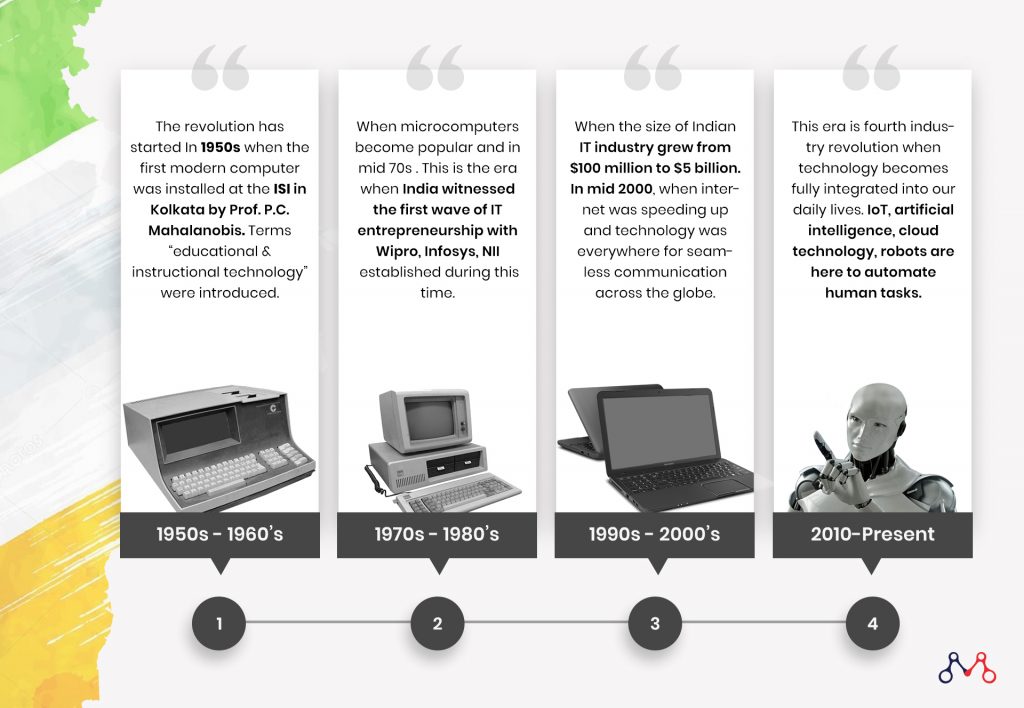In 1989, a missing $0.50 bolt led to the mid-air explosion of United Airlines Flight 232. The smallest oversight in manufacturing can set off a chain reaction of failures. Now, imagine a factory floor where thousands of components must function flawlessly—what happens if one critical part is about to fail but goes unnoticed? Predictive analytics in manufacturing ensures these unseen risks don’t turn into catastrophic failures by providing foresight into potential breakdowns, supply chain risk analytics, and demand fluctuations—allowing manufacturers to act before issues escalate into costly problems.
Industrial predictive analytics involves using data analysis and machine learning in manufacturing to identify patterns and predict future events related to production processes. By combining historical data, machine learning, and statistical models, manufacturers can derive valuable insights that help them take proactive measures before problems arise.
Beyond just improving efficiency, predictive maintenance in manufacturing is the foundation of proactive risk management, helping manufacturers prevent costly downtime, safety hazards, and supply chain disruptions. By leveraging vast amounts of data, predictive analytics enables manufacturers to anticipate machine failures, optimize production schedules, and enhance overall operational resilience.
But here’s the catch, models that predict failures today might not be necessarily effective tomorrow. And that’s where the real challenge begins.
Why Predictive Analytics Models Need Retraining?
Predictive analytics in manufacturing relies on historical data and machine learning to foresee potential failures. However, manufacturing environments are dynamic, machines degrade, processes evolve, supply chains shift, and external forces such as weather and geopolitics play a bigger role than ever before.
Without continuous model retraining, predictive models lose their accuracy. A recent study found that 91% of data-driven manufacturing models degrade over time due to data drift, requiring periodic updates to remain effective. Manufacturers relying on outdated models risk making decisions based on obsolete insights, potentially leading to catastrophic failures.
The key is in retraining models with the right data, data that reflects not just what has happened but what could happen next. This is where integrating external data sources becomes crucial.
Is Integrating External Data Sources Crucial?
Traditional smart manufacturing solutions primarily analyze in-house data: machine performance metrics, maintenance logs, and operational statistics. While valuable, this approach is limited. The real breakthroughs happen when manufacturers incorporate external data sources into their predictive models:
- Weather Patterns: Extreme weather conditions have caused billions in manufacturing risk management losses. For example, the 2021 Texas power crisis disrupted semiconductor production globally. By integrating weather data, manufacturers can anticipate environmental impacts and adjust operations accordingly.
- Market Trends: Consumer demand fluctuations impact inventory and supply chains. By leveraging market data, manufacturers can avoid overproduction or stock shortages, optimizing costs and efficiency.
- Geopolitical Insights: Trade wars, regulatory shifts, and regional conflicts directly impact supply chains. Supply chain risk analytics combined with geopolitical intelligence helps manufacturers foresee disruptions and diversify sourcing strategies proactively.
One such instance is how Mantra Labs helped a telecom company optimize its network by integrating both external and internal data sources. By leveraging external data such as radio site conditions and traffic patterns along with internal performance reports, the company was able to predict future traffic growth and ensure seamless network performance.
The Role of Edge Computing and Real-Time AI
Having the right data is one thing; acting on it in real-time is another. Edge computing in manufacturing processes, data at the source, within the factory floor, eliminating delays and enabling instant decision-making. This is particularly critical for:
- Hazardous Material Monitoring: Factories dealing with volatile chemicals can detect leaks instantly, preventing disasters.
- Supply Chain Optimization: Real-time AI can reroute shipments based on live geopolitical updates, avoiding costly delays.
- Energy Efficiency: Smart grids can dynamically adjust power consumption based on market demand, reducing waste.
Conclusion:
As crucial as predictive analytics is in manufacturing, its true power lies in continuous evolution. A model that predicts failures today might be outdated tomorrow. To stay ahead, manufacturers must adopt a dynamic approach—refining predictive models, integrating external intelligence, and leveraging real-time AI to anticipate and prevent risks before they escalate.
The future of smart manufacturing solutions isn’t just about using predictive analytics—it’s about continuously evolving it. The real question isn’t whether predictive models can help, but whether manufacturers are adapting fast enough to outpace risks in an unpredictable world.
At Mantra Labs, we specialize in building intelligent predictive models that help businesses optimize operations and mitigate risks effectively. From enhancing efficiency to driving innovation, our solutions empower manufacturers to stay ahead of uncertainties. Ready to future-proof your factory? Let’s talk.
Knowledge thats worth delivered in your inbox






